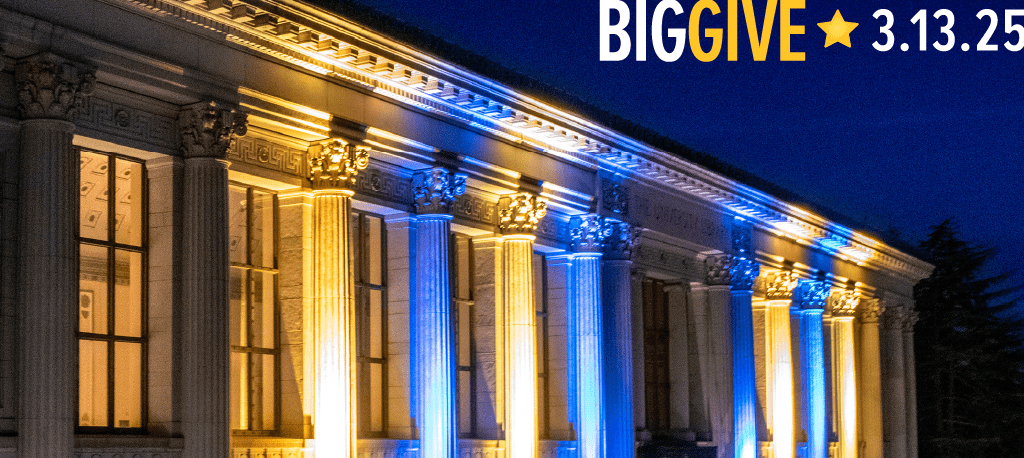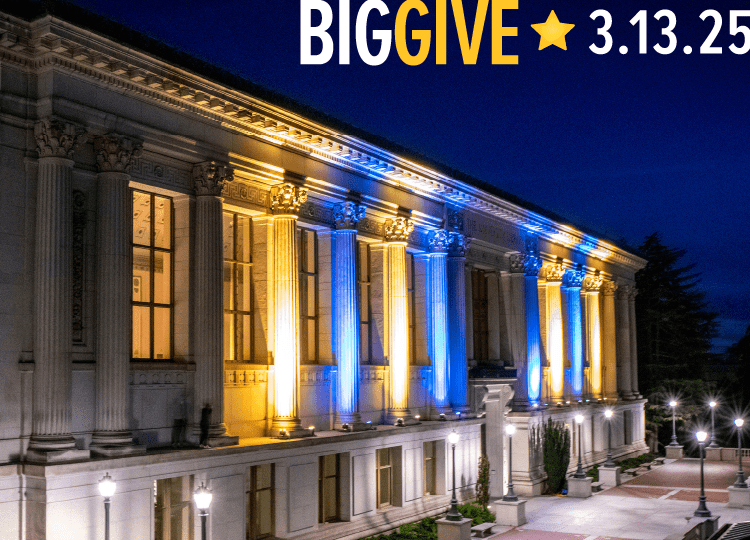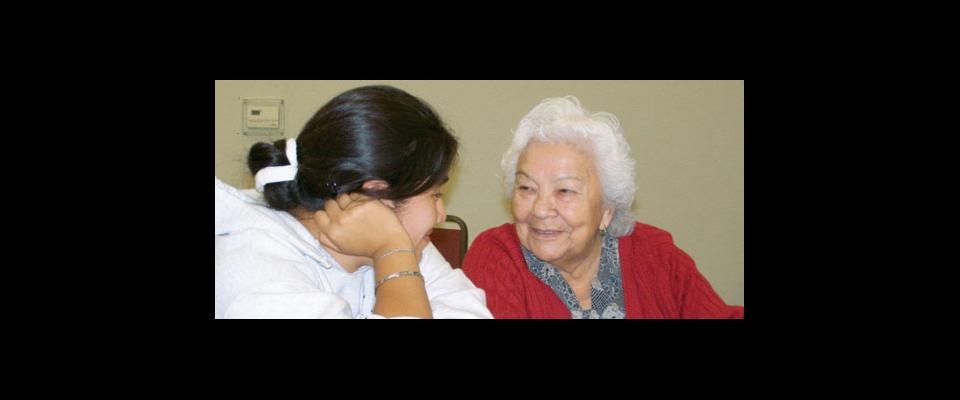IMPACT: Of 85 indigenous languages once spoken in California, 35 have no speakers left and the remaining 50 are spoken by only a handful of elders, giving the state the dubious distinction of being one of world’s greatest cemeteries of native languages. Fortunately, in the early 20th century, linguists such as John Peabody Harrington—a bit of a maniac whose later-discovered boxes of notes included dead birds and dirty clothes—single-mindedly recorded the surviving languages in pen-and-ink and wax cylinder. Those smelly boxes became an invaluable resource for tribal members and for a new generation of linguists, such as Berkeley’s Hinton and UCLA’s Munro, who now use modern means in the service of ancient traditions. Wax cylinders and field notes have been translated into digital files available on the Internet. And dozens of tribal members drive or fly to Hinton’s biennial “Breath of Life” conference, which brings them together to compare pedagogies and learn new preservation techniques. Hinton also invented and spread a “Master/Apprentice” program in which a native-speaking elder teaches a young person indigenous words, phrases, and concepts. Sure, saving these languages involves a thousand acts of faith. But Hawaiians managed to do it. The Karuk are encouraging couples to raise their children with their language. And what could be better than learning to say “Pass the salmon” in Hupa?
EUREKA MOMENT: There have been dozens, as tribal members first read the letters or listen to the recorded songs of their great-aunts or grandfathers in their native tongues.



















